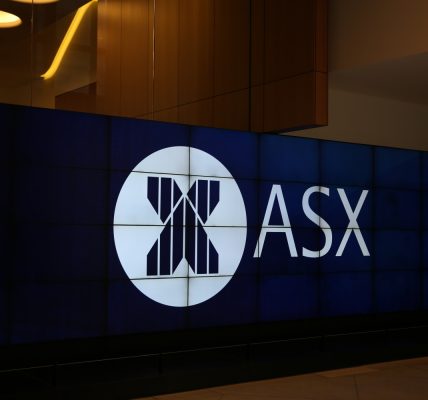[ad_1]
Global investors are increasingly turning to defense technology exchange-traded funds (ETFs), spurred by rising geopolitical tensions, technological innovation in military operations and significant government spending on defense.
Geopolitical uncertainty, particularly in the Indo-Pacific, is prompting governments to increase military budgets, creating new opportunities for defense technology companies.
China’s growing assertiveness in the South China Sea and escalating tensions over Taiwan have heightened the focus on regional security.
==
==
Australia's geographical proximity to these hotspots, as well as its role as a key US ally, has given rise to its own defense initiatives, such as the AUKUS agreement aimed at strengthening military cooperation with the US and the UK.
In addition, the Australian Government is committed to increasing Australia's defense spending, expected to reach $100 billion by 2033–34, as outlined in the National Defense Strategy and Integrated Investment Program (IIP) 2024.
Overall, the Australian Government's Defense Strategic Review 2023. highlights a significant shift in national security policy with an emphasis on advanced military capabilities such as missile defense systems, autonomous vehicles and cyber security.
This is in line with wider global trends where nations are modernizing their armed forces to meet 21st century threats.
For context, global defense spending saw a 7 percent increase, worth US$2.43 trillion in 2023, with global defense spending projected to reach US$3.1 trillion by 2030.
In essence, we are seeing the final death throes of the post-World War II order, where Australia, like many nations in the West, enjoyed the favor of the United States. It is only natural that these nations now begin to take their defense more seriously.
As governments commit to long-term defense modernization projects, the sector is becoming increasingly attractive to investors looking for stable returns.
The financial industry is taking advantage of rising defense spending by launching a new wave of ETFs focused on companies involved in national security, military technology and defense infrastructure.
While defensive ETFs are not new, their introduction to the Australian market represents a significant development. The ASX recently welcomed three defense ETFs, including exposure to major contractors such as Raytheon, Lockheed Martin and Northrop Grumman – all of which have seen significant price growth over the past year.
These ETFs offer investors access to cutting-edge military technology and provide affordable means to invest in a sector poised for growth without the complexity of picking individual stocks.
At a time of global economic uncertainty and market volatility, defense technology ETFs are seen as a defensive play for investors.
Historically, defense spending has remained relatively insulated from economic cycles driven by the constant need for national security. In Australia, despite inflationary pressures and economic challenges, defense continues to be the government's top priority, ensuring a steady flow of contracts for defense contractors.
As the geopolitical landscape continues to evolve, continued investment in defense capabilities is expected. Therefore, it makes sense that investors are showing increased interest in defense innovation and technology primarily focused on protecting our nation and way of life.
ETFs, with their diversified exposure to multiple companies, offer a means for investors to reduce risk while taking advantage of the growth potential of the defense technology sector.
As the world evolves, adopting innovative defense solutions will be essential – not only for governments, but also for investors looking to secure their financial futures in uncertain times.
[ad_2]





